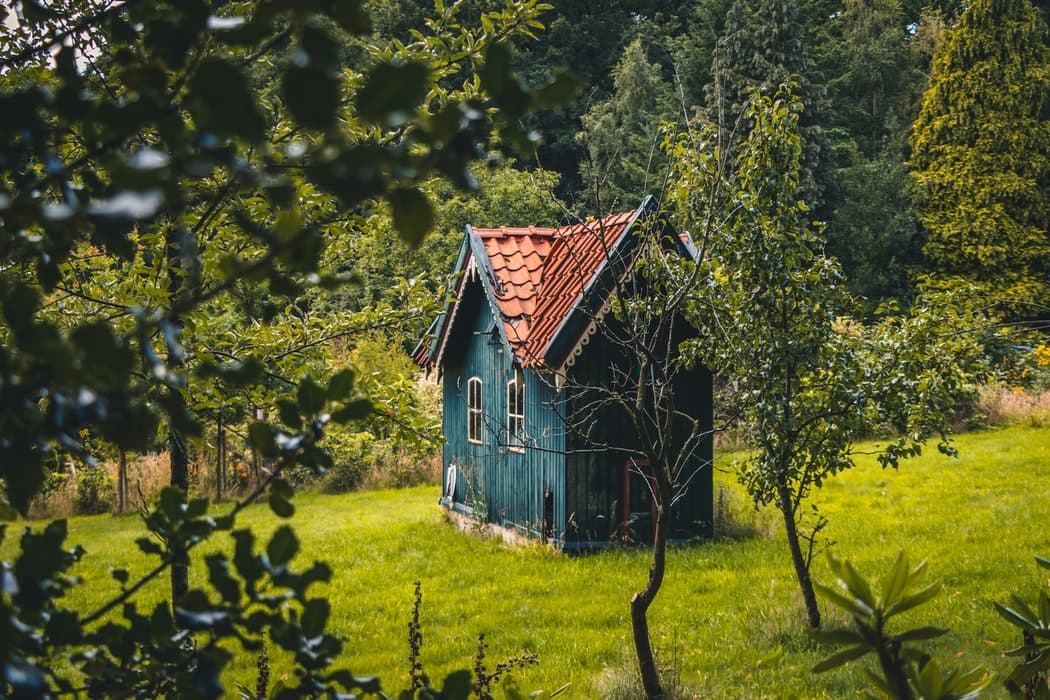Green renovation initiatives in Toronto | Renovation Quotes
By Amanda Harvey
Updated on November 7, 2023

Living responsibly and acknowledging that it is important to be environmentally conscious is becoming a core value of many homeowners. When you consider ways to live green, it might come down to making some significant changes to the materials or structures of your home.
For residents of Toronto and the GTA, green-friendly renovations and buildings have been trending for the last few years. Although many commercial buildings have adopted environmentally-friendly methods, these trends are just starting to make their way towards residential homes.
Finding a way to add sustainable, responsible and green elements in your home does take a little bit of time, research and money. However, it could save you a significant amount on monthly bills while offering you the peace-of-mind in knowing that you are participating in a highly important practice. Are you a Toronto homeowner interested in green renovations? Read on for all the necessary information!
Toronto green renovations: what to know!
LEED home construction and renovation projects

source: Pexels
LEED stands for Leadership in Energy and Environmental Design, and is a rating system that was designed by the United States Green Building Council (USGBC) and is recognized in over 160 countries as the international mark of excellence for green building. LEED is in place to evaluate the environmental performance of a building and encourage market transformation towards sustainable design.
This system works because it acknowledges that sustainability should be at the heart of architecture, design and renovation. Up until recently, LEED initiatives have been focused towards Toronto commercial buildings. However, in the last few years, these standards have shifted towards residential buildings and homes. LEED homes offer homeowners better indoor air quality, a reduction of waste, energy conservation, decreased water consumption among other bonuses.
Although LEED may be becoming more common, the system itself was not designed with home renovations in mind. Now, a few Toronto companies are popping up with a tailored LEED for a home rating system.
If you’re building a home from scratch, considering LEED for homes will offer you the ability to carefully consider how the orientation of the building, the location of the windows, the efficiency of your heating and cooling system and many other aspects often overlooked in the construction of a home will affect its mark on the environment.
In some instances, it may be necessary for you to fully gut the structure to comply with this form of renovation, as many aspects of the home interior must meet specific green-friendly standards. However, if you’re serious about making your home environmentally-friendly, we’d suggest putting in the time to do research and finding an entrepreneur who can assist you with your goal.
For more about LEED renovations, check out: "LEED: an economical and ecological choice".
Eco-Roofs: green roofs in Toronto

source: Pixabay
Toronto’s other major energy-efficient initiative is the eco-roof or green roof initiative. A green roof is an extension of an already existing roof and is built on top of a man-made structure. A green roof is designed and constructed to allow vegetation to grow. As a minimum, a green roof will require a root repellent system, a drainage system, a filtering layer, a medium for growing your plants as well as plants. This system will need to be installed on a waterproof membrane of an applicable roof.
There is more than one type of green roofing system, and this includes three mains systems and two different types:
Complete systems: In a complete green roof system, all design components are in place to support the growth of vegetation, including the roof membrane. This type of green roof provides the most variety in terms of what can be planted and grown, as well as drainage options and protective layers.
Modular systems: Modular systems are trays of plants and vegetation that are grown off-site and placed on the existing roofing system to cover it completely. These systems are available in a variety of sizes and weights; however, the vegetation can be limited.
Pre-cultivated vegetation: This is also a pre-grown system and is a blanket-like structure that consists of the growing medium as well as live plants. This green roof is rolled onto the existing roofing system with drainage mats as well as root barriers. Pre-cultivated vegetation systems are more versatile than modular systems, and generally require very little maintenance based on the plants included in the blanket.
Intensive: Intensive or active green roofs employ a variety of plants which support growth as well as landscape design. This type of green roof is generally reserved for commercial buildings and used as an accessible recreational space.
Extensive: An extensive green roof is the opposite of an intensive green roof. This type of green roof employs a shallow growing medium. The landscaping on an extensive eco-roof is designed to be self-sustaining and does not require as much maintenance as an intensive system. Extensive roofs are less expensive since they are not as heavy and do not require as much structural support. This system is more common for residential use.
New or retrofit green roofs: The wonderful thing about green roofing is that it can be added to an already existing structure, installed on the roof of your home, garage or shed long after it’s been built. When a building is designed with a green roof in mind, it will already have the structural support required. Also, the building will generally be designed with the aesthetic value in mind. Of course, retrofit eco-roofs, or those added after, are also a possibility.
The benefits of green roofing

source: Pixabay
There are plenty of environmental benefits when installing a green roof on your house or any building. Firstly, there are several environmental benefits, especially in an urban setting like Toronto. There is an obvious reduction in energy consumption, as well as a reduction in the urban heat and cooling costs.
Green roofs also offer both commercial spaces and homeowners the potential for local food production. For example, if you don’t have the space to grow your own garden, you could install a green roof on your garage with the intention of growing vegetation. In commercial spaces, green roofs reduce stormwater runoff which can affect the quality of local water resources as well as the drinking supply.
Applying for a permit for a green roof isn't overly complex. Since a green roof is beneficial for numerous reasons, permits for this type of are renovation are free. However, there is a Green Roof Bylaw that dictates which type of green roof your home can employ. For all the information on these specifications, look here.
Other energy-efficient renovation initiatives
Although Toronto is a quickly expanding city, there are many initiatives in place to help sustainable building and renovation practices stay at the forefront of development. The TGS or Toronto Green Standard is a two-tiered set of performance measures that are in place to address things such as air and water quality, greenhouse gas emissions, energy efficiency, solid waste and the natural environment.
Any large or commercial buildings being built in Toronto must comply with the first tier of the standard, whereas some developers are choosing to adhere to the second tier, offering a higher level of sustainability. For developing programs for Toronto residents, check this out.
For more articles about environmentally-friendly home renovations, click here.
Get 3 renovation quotes for your Toronto green renovation project
RenoQuotes.com can help you get quotes for your Toronto green renovation project. If you submit your project to us, we’ll put you in contact with top-rated contractors. Fill in the form on the homepage (it only takes a few minutes), and you will receive quotes from companies that are specialized in home renovations.
Dial 1-844 828-1588 to speak with one of our customer service representatives
Looking for something else?
Related articles
The latest industry news, interviews, technologies, and resources.

Editorial Team
•07 Nov 2023
Not every home is privy to a huge backyard with ample green space. Some of us live in tiny homes or high rise apartments. If your home is far from the ground, but you find your green thumb itching, then you can create a mini garden or greenhouse right indoors!

Editorial Team
•02 Jul 2024
We’ve said it once, and we’ll say it again: The simplest or most subtle details will often be the ones that most impact your decor. Little touch-ups here and there like painting over walls and kitchen cabinets, or adding shelves are practical tips for those who’d rather avoid extensive renovation projects.

Editorial Team
•15 Aug 2025
Inflation significantly affects several economic sectors, and the renovation industry is no exception. Whether it be minor or major repairs or remodels, when the cost of materials, supplies, and services increases, it becomes much more difficult for homeowners to carry out renovation projects as intended.

Editorial Team
•07 Nov 2023
Are you dreaming of living in a tiny house, but have a few reservations due to the constraints of designing such a limited interior space? Although you really need to use your imagination when living in a house when a modest layout, you can still make it just as practical as it is cozy! Here are a few examples you’ll surely like!

Editorial Team
•01 Dec 2025
Have you ever wondered how electric baseboard heaters work or why they remain so popular despite newer heating options? The term “electric baseboard heater” evokes the same comfort as an oversized sweater—warm, cozy, and a source of solace when winter arrives. While these heaters aren’t a new invention, they continue to be a go-to choice as soon as the cold front hits. Some people are startled by the initial sizzle when turning them on, while others find the familiar sound reassuring, signaling a cozy escape from the winter chill.